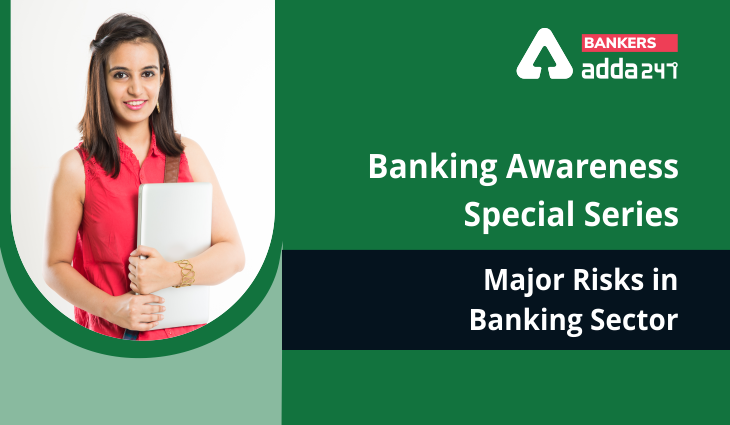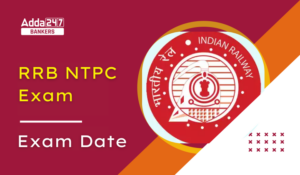Team Adda247 and Bankers Adda have introduced a Special Banking Awareness series for SBI and IBPS Interviews 2021. In this series, we will be introducing the candidates with some banking awareness topics Daily that will improve their general awareness and will also ensure that the candidates do not lack in any banking term when it comes to the interview round. Today the topic of our Banking Awareness Series is Major Risks in the Banking sector.
Major Risks in the Banking sector
There are many risks in the banking sector but we are going to discuss the major risks related to the banking sector.
1.) Credit Risk: It is the biggest risk for banks and affects the worst when it occurs. If the borrowers or counterparties failed to meet contractual obligations and when these borrowers default on a principal or interest payment of loan it is called credit risk. Its defaults can occur on mortgages, credit cards, and fixed-income securities.
If the banks are not protected or fully prepared from credit risk due to the nature of their business model, they can lower their exposure in several ways. Since degradation in an industry or issuer is often unpredictable, banks lower their exposure by diversification.
2.) Operational Risk: Operational risk is the risk of loss due to errors, interruptions, or damages which are caused by people, any technical or other systems or processes. The operational type of risk is comparatively low in simple business operations such as retail banking and asset management, and higher for operations such as sales and trading.
If business operations are disrupted by breaching a bank’s cybersecurity, hacking to steal customer information or money from the bank is called ‘Operational Risk’. If any kind of situation occurs bank or business loses capital and trust from customers and its reputation will very difficult to attract customers in the future.
3.) Market Risk: Market risk is associated with a bank’s activities in capital markets. With the unpredictability of the equity market, credit spreads commodity prices and interest rates banks have market risk at any time. The banks which have invested heavily in capital market or sales and trading could be exposed more from this kind of risk.
Commodity prices are playing a key role in this risk because if a bank might be invested in companies which produce commodities and the value of a particular commodity is changing with its supply and demand chain and this chain is difficult to predict.
Banks should diversify their investments and reduce their investment by hedging their investment with other and inversely related investments.
4.) Liquidity Risk: Liquidity risk shows the inability to provide cash in daily operations in a timely manner to customers of the banks. It refers to the ability of a bank to access the liquidity of cash to meet funding obligations. If a bank delays in providing cash for a few of their customers for only a single day it loses the confidence of the customers.
The liquidity risks occur due to over-reliance on short-term sources of funds, having a balance sheet concentration in illiquid assets, loss of confidence in the bank on the side of customers. This shows the Mismanagement of asset-liability balancing.
To prevent this risk, RBI gives regulations on time to time to hold enough liquid assets to survive for a period of time even without the inflow of outside funds.



 GA Capsule for SBI Clerk Mains 2025, Dow...
GA Capsule for SBI Clerk Mains 2025, Dow...
 The Hindu Review October 2022: Download ...
The Hindu Review October 2022: Download ...
 RRB NTPC Exam Date 2025 Out for Graduate...
RRB NTPC Exam Date 2025 Out for Graduate...




